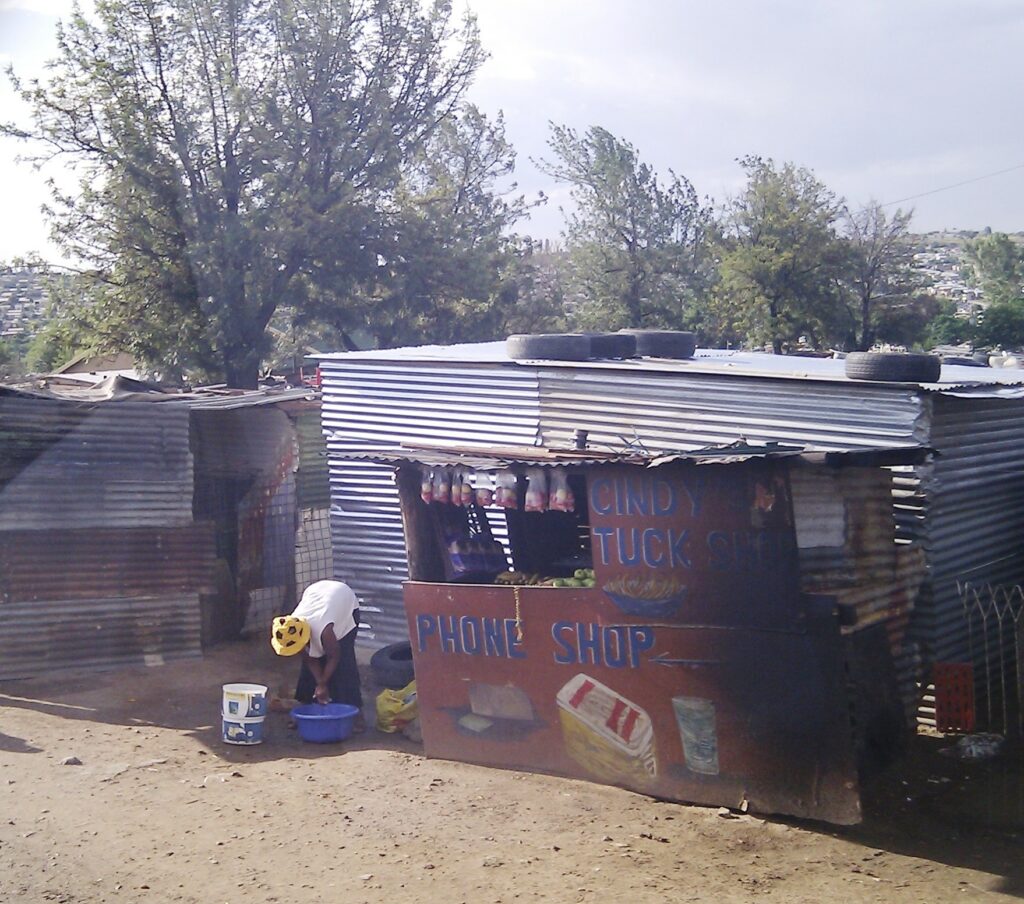
Posted May 6, 2014 by Share
Will the UN adopt a post-2015 Sustainable Development Goal addressing urbanisation and human settlements? The draft for the new goals will be agreed early in June, before going to the UN General Assembly for what is expected to be formal endorsement. Thus this month is crucial, and planners, other construction professions, urban researchers and civic bodies need to be making their voices heard quickly.
The background: Millennium Development Goals
The Millennium Development Goals are broadly recognised as having been a success. There are eight of them, ranging from halving extreme poverty rates to halting the spread of HIV/AIDS and providing universal primary education. Their target date was 2015. Because they were agreed by all the world’s countries and all the world’s leading development institutions they have provided an unprecedented focus for development work. They have galvanized unprecedented efforts to meet the needs of the world’s poorest.
One of the eight MDGs was “Ensure environmental sustainability”. It included four targets. One of these was to “Achieve by 2020 significant improvements in the lives of at least 100 million slum dwellers.”
The good news is that this target has been met, but the bad news is that it was too easy and not well specified. In 2000 some 39% of the people on the planet were living in slums, but by 2012 this had been reduced to 33%. More than 200 million of these people gained access to improved water sources, improved sanitation facilities, or durable or less crowded housing. However, urban and demographic growth means that in total the slum population has not decreased. Indeed, there were 760 million living in slums in 2000 but more than 100 million more than that in 2012.
Towards post-2015 goals
Since 2010 work has been undertaken to create a new set of global development goals for the period after 2015. A key milestone was the Rio+20 conference in 2013. The outcomes document from that, “The Future We Want” included:
“We recognize that, if they are well planned and developed, including through integrated planning and management approaches, cities can promote economically, socially and environmentally sustainable societies. In this regard, we recognize the need for a holistic approach to urban development and human settlements that provides for affordable housing and infrastructure and prioritizes slum upgrading and urban regeneration. …”
In 2013 a High Level Panel of Eminent Persons, co-chaired by UK Prime Minister David Cameron, reported to the UN. The report noted that compared with 2000, the world of 2030 (the target date for the new goals) will be more urban. It recognised the need to pursue targets at sub-national level: e.g. urban poverty is not the same as rural poverty, and that local authorities play key roles.
Importantly the report said “inclusive growth emanates from vibrant and sustainable cities, the only locale where it is possible to generate the number of good jobs that young people are seeking. Good local governance, management and planning are the keys to making sure that migration to cities does not replace one form of poverty by another”, and “cities are the world’s engines for business and innovation. With good management they can provide jobs, hope and growth, while building sustainability.”
An urban goal?
Thus there is encouraging evidence that the significance of urban development – and the part that planning can play in delivering more sustainable and equitable places – is beginning to be grasped by major institutions and policy makers. An urban goal as part of the post-2015 Sustainable Development Goals would be a major step forward. Every planner knows how hard it is to explain what they do and why planning makes a difference. The prospect of urbanisation and place-based approaches to managing social, economic and environmental change being given global endorsement as priority matters is hugely significant. It matters not just to the professionals, but much more to the millions already living in slums and to those who will join them between now and 2030 unless action is taken.
Of course UN-Habitat is working away within the UN channels to make the case. As part of an international team drawn together by the Commonwealth Association of Planners (CAP), I am helping to put out a short briefing note targeted at Commonwealth governments. There are 53 of them, drawn from very different parts of the world. If we could get them to support an urban goal – as some do already – the chances of success at the UN would be high. All professional planning institutes should be actively lobbying their governments to this end.
Meanwhile there is a webinar today (Tuesday 6 May) on why the world needs an urban SDG. It starts at noon New York time and will feature Professor Eugene Birch, the Chair of the World Urban Campaign and CAP President Christine Platt, as well as Maruxa Cardama (Executive Project Coordinator, Communitas, Coalition for Sustainable Cities and Regions in the new UN Development Agenda) and Cynthia Roenzweig (Senior Research Scientist NASA Goddard Institute for Space Studies, The Earth Institute at Columbia University).
![]()